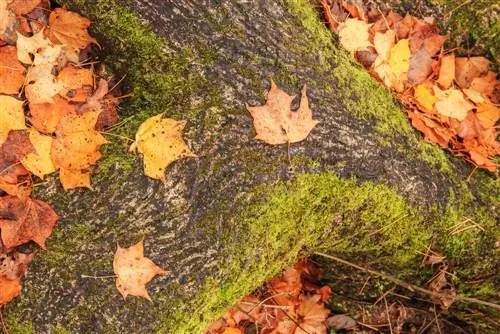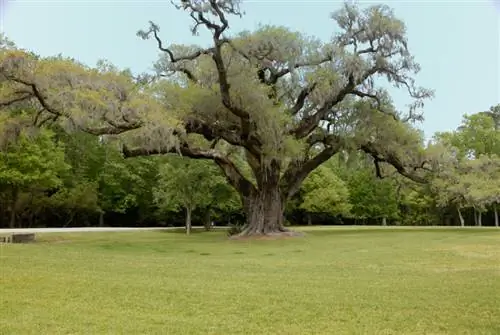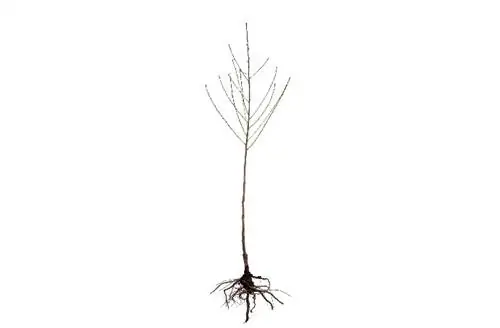- Author admin [email protected].
- Public 2023-12-16 16:46.
- Last modified 2025-01-23 11:21.
Well-founded information on the root pattern of field maple is few and far between. This results in numerous misjudgments regarding root performance in width and depth. Before you plant field maple as a slope, hedge or house tree, we recommend that you read this guide about the connection between soil quality and root growth of Acer campestre.

How deep and wide do field maple roots grow?
The root system of the field maple (Acer campestre) is a heartroot and spreads predominantly horizontally. The root depth varies depending on the soil conditions, in garden soil it reaches up to 1.40 m after 5 years, while in sandy-gravelly loam it reaches up to 1.40 m and in gley soil only up to 0.40 m.
Field maple thrives as a heartroot tree
Heartroots spread their roots in all directions. In cross section, the root system forms a heart shape, which is where the name comes from. Typical for all maple species is an irregular development of the root system with a noticeable emphasis on horizontal spreading, combined with a high proportion of fine roots.
Close connection between soil quality and root growth
Scientists have documented the root growth of field maple and its relatives since 1928. This revealed a direct connection between soil conditions and the degree of root penetration. The most important findings in a nutshell:
- Rooting after 5 years in normal garden soil: vertical 1, 40 m, horizontal 2, 10 m
- Root depth of older maple on loess loam: 0.70 to 0.80 cm
- Root depth after 70 years in sandy-gravelly loam: 1.10 to 1.40 m
- Root depth after 70 years in Gleyboden: intensive only in the upper 0.40 m
- Root depth after 60 years in light gravel soil: 0.60 m to 0.70 m
Home gardeners can see from this data that field maple as a comprehensive shrub planting is not always suitable for securing slopes. The sandier the soil, the less depth the roots need to grow. Planted as a solitary house tree, a Maßholder is exposed to wind and weather unprotected, so windthrow is to be expected in gley soils with high groundwater, in flat gravel soils and in loess clay soil.
It is advantageous that when planting field maple as a regularly trimmed hedge, you do not have to worry about damage to sewage pipes, as long as the pipes are at a depth of at least 100 cm.
Tip
Bonsai gardeners know how to use the heart roots of field maple for the spectacular “rock over stone” (Seki-joju) style. During the construction phase, a prominent stone is clamped under the roots and fixed for some time with binding wire. The roots of a field maple bonsai grow over the stone into the ground, so the care required does not differ significantly from other styles.






